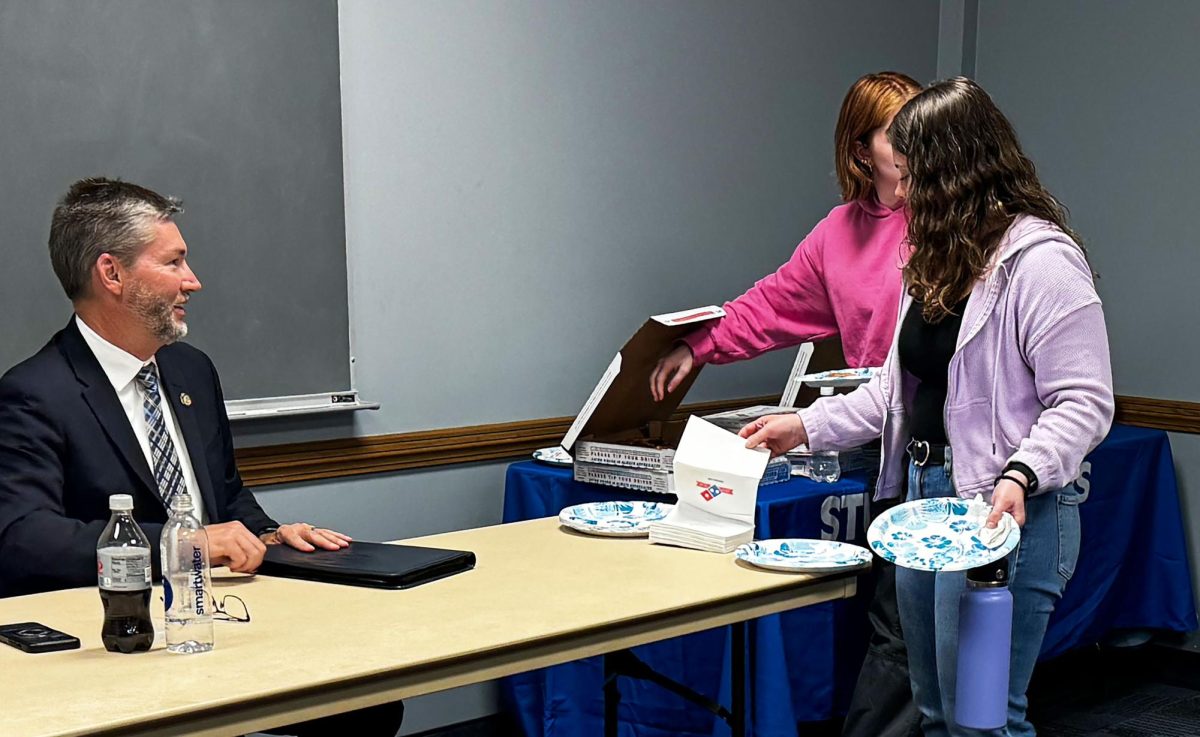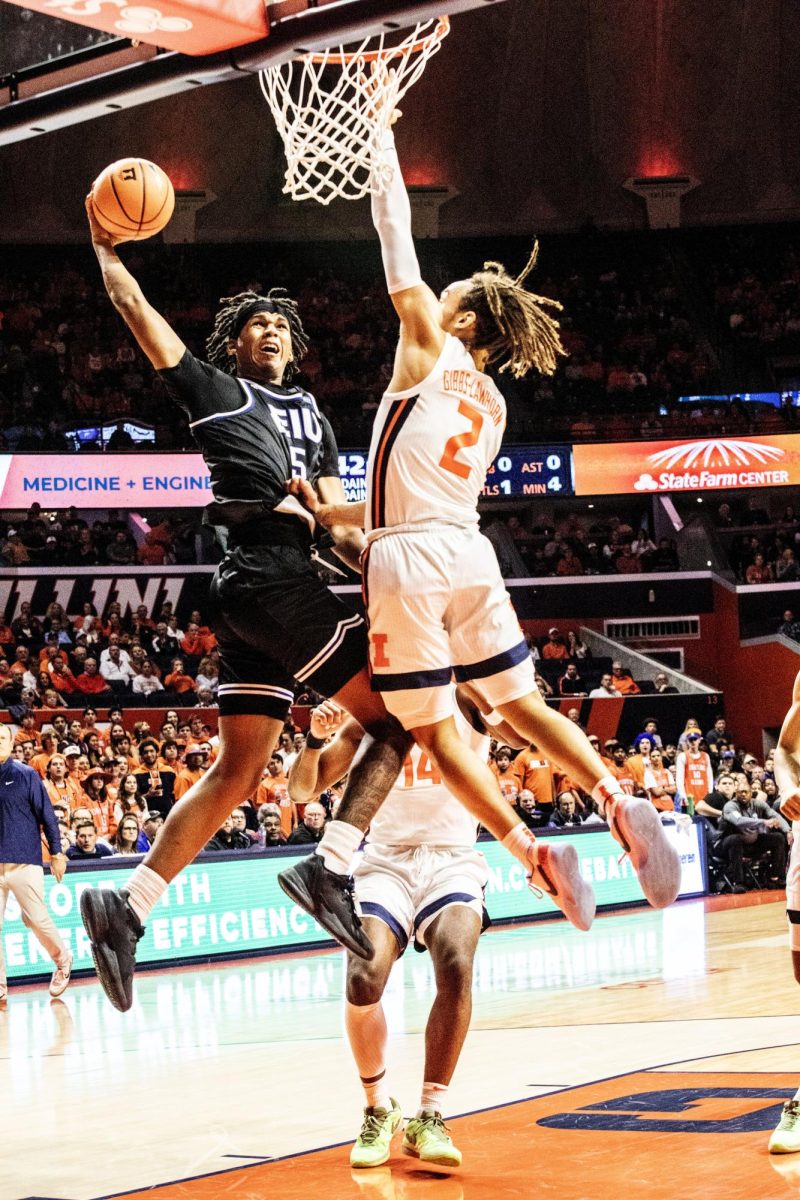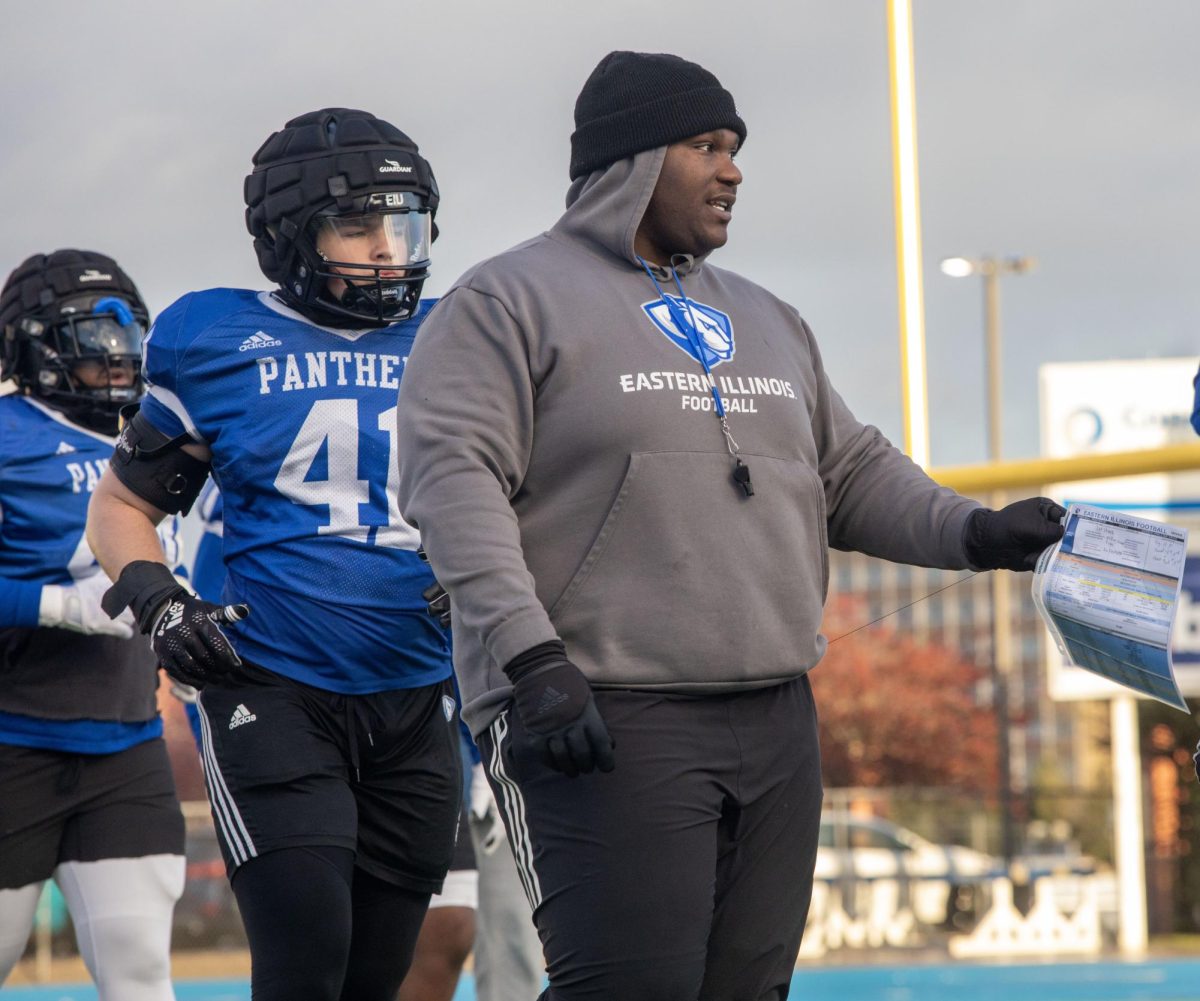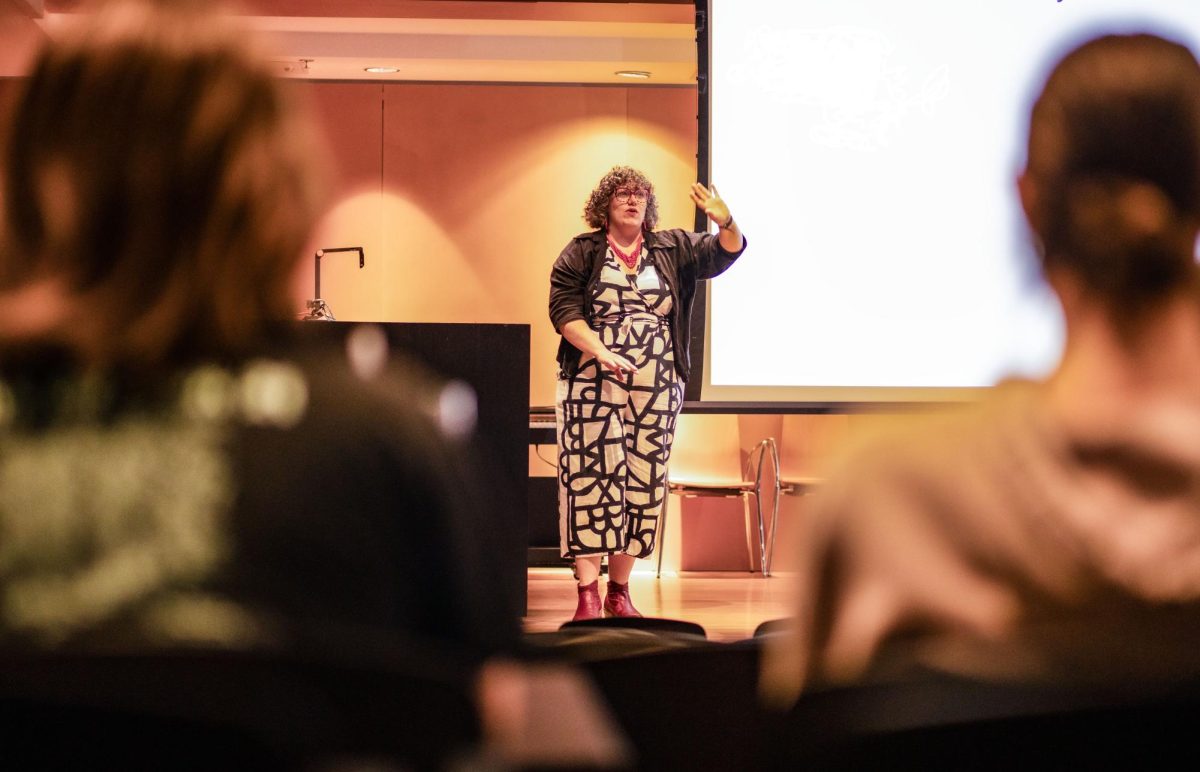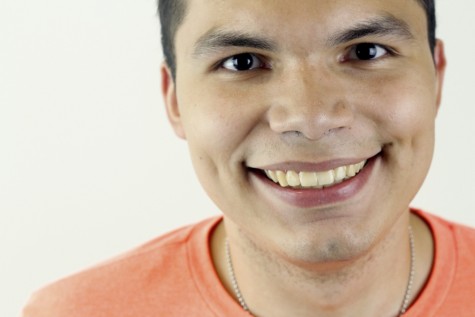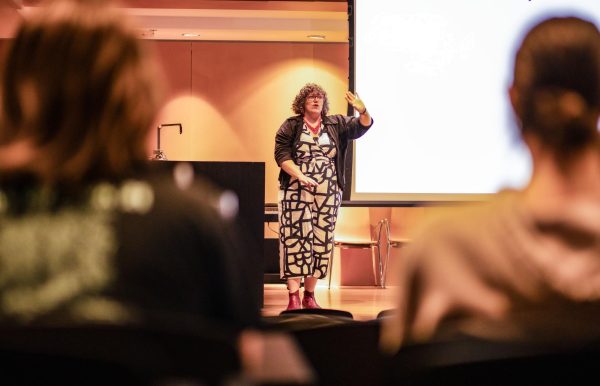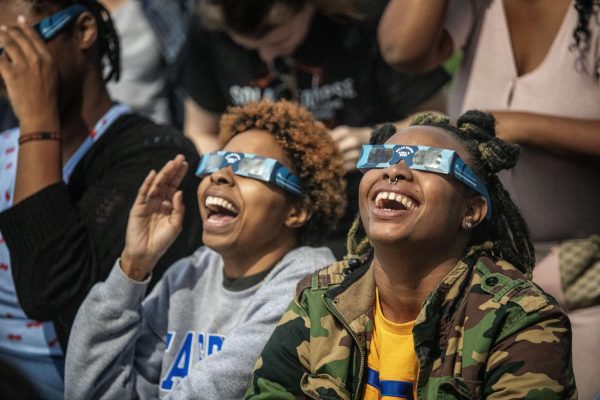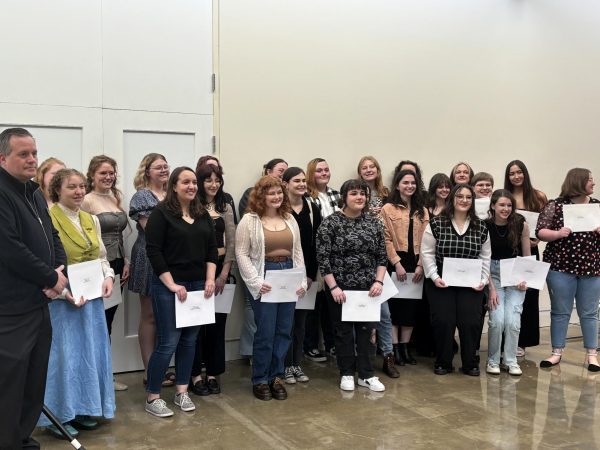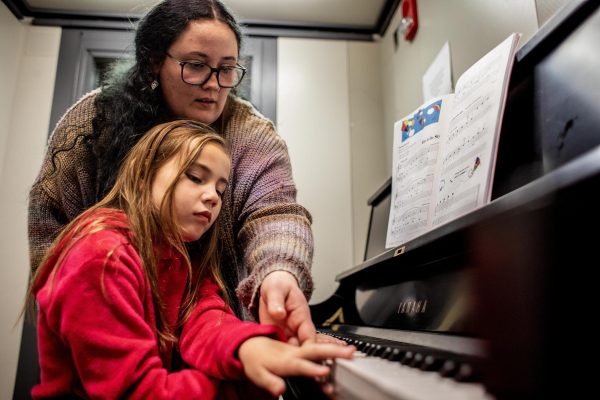Grant-in-aid to used to bring in students
March 4, 2015
Eastern uses grant-in aid, funded by student fees, to help recruit certain students and divides it among different departments.
Dan Nadler, the vice president for student affairs, said on a yearly basis, the president’s council members meet to look at the funds available, and how much each department will need
“Ultimately, with consolation and feedback from others, the president has the final approval,” Nadler said.
Grant-in aid is divided up into the different areas and departments on campus. For example, the fees could be used to help gather talented musician to come to campus, or recruit athletes to come to Eastern.
“Traditionally, the largest percentage has gone to athletics, although that number is down over the last several years,” Nadler said. “There’s also amount of money that goes to low socio-economic students, and that has bumped up over the years.”
Aside from Nadler, the president’s council consists of President Bill Perry; Blair Lord, the provost and vice president for academic affairs; Paul McCann, the interim vice president for business affairs; Bob Martin, the vice president for university advancement; Judy Gorrell, the executive secretary; Rob Miller, the legal counsel; and Mary Herrington-Perry, the assistant vice president for enrollment management.
Grant-in aid fees do not increase after 12 credit hours, and the students taking traditional, on-campus courses have to pay them.
“Every student pays for it who are taking traditional classes, and it is billed on a per credit-hour basis,” Nadler said. “Based on projection of credit hours that would be generated over the course of the year, then there’s projection on the amount of revenue and then it is spilt into the different areas.”
However, students taking classes in continuing education do not pay the fee.
Eastern is currently working on creating online degree programs for students who are unable to come to campus for traditional degree programs.
“The students who take continuing ed classes pay a different fee,” Nadler said. “It really helps to cover a lot of the technology that’s needed for offering courses online.”
For the other online courses not having a fee, Nadler said it may change in the future, and the council will have to watch it closely.
Nadler said every year the figures are reviewed, and grant-in aid receives an increase when the housing rates go up.
“What ever percentage housing goes up, it’s tied directly to grant-in aid,” Nadler said. “Presently, the fee is $15.15 per credit hour, and that’s capped at 12 credit hours; for next year the approved amount was an increase of 30 cents per credit hour.”
Nadler said all of this dates back to when Eastern had the Board of Governors, a predecessor to the Board of Trustees.
“Back in 1982, they created a policy that basically ties the grant-in aid to the rate of the housing increase,” Nadler said. “Generally speaking, that’s why whether it’s January or whether it’s February, if there is a proposal to increase housing, then we try to do the grant-in aid at the same time.”
Luis Martinez can be reached at 581-2812 or at [email protected].




